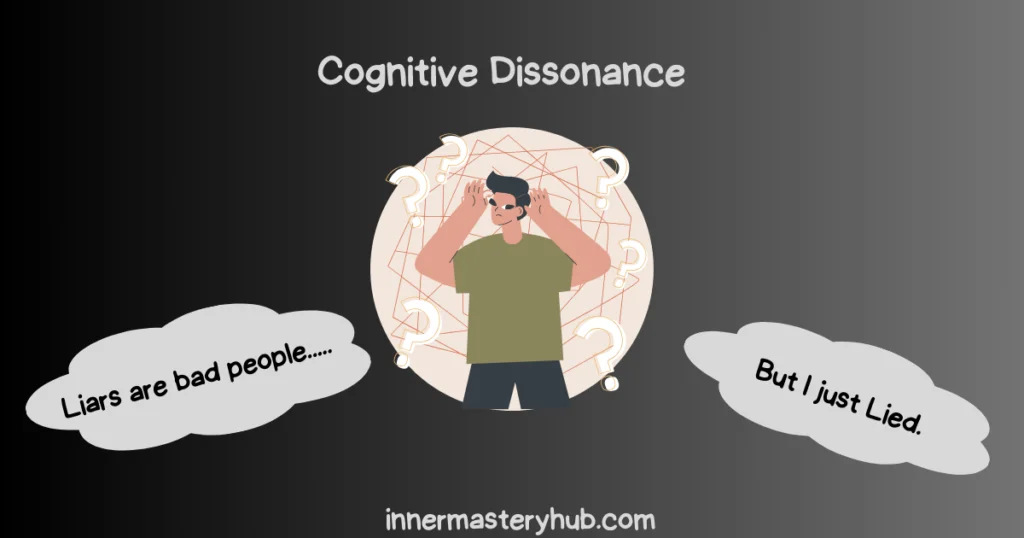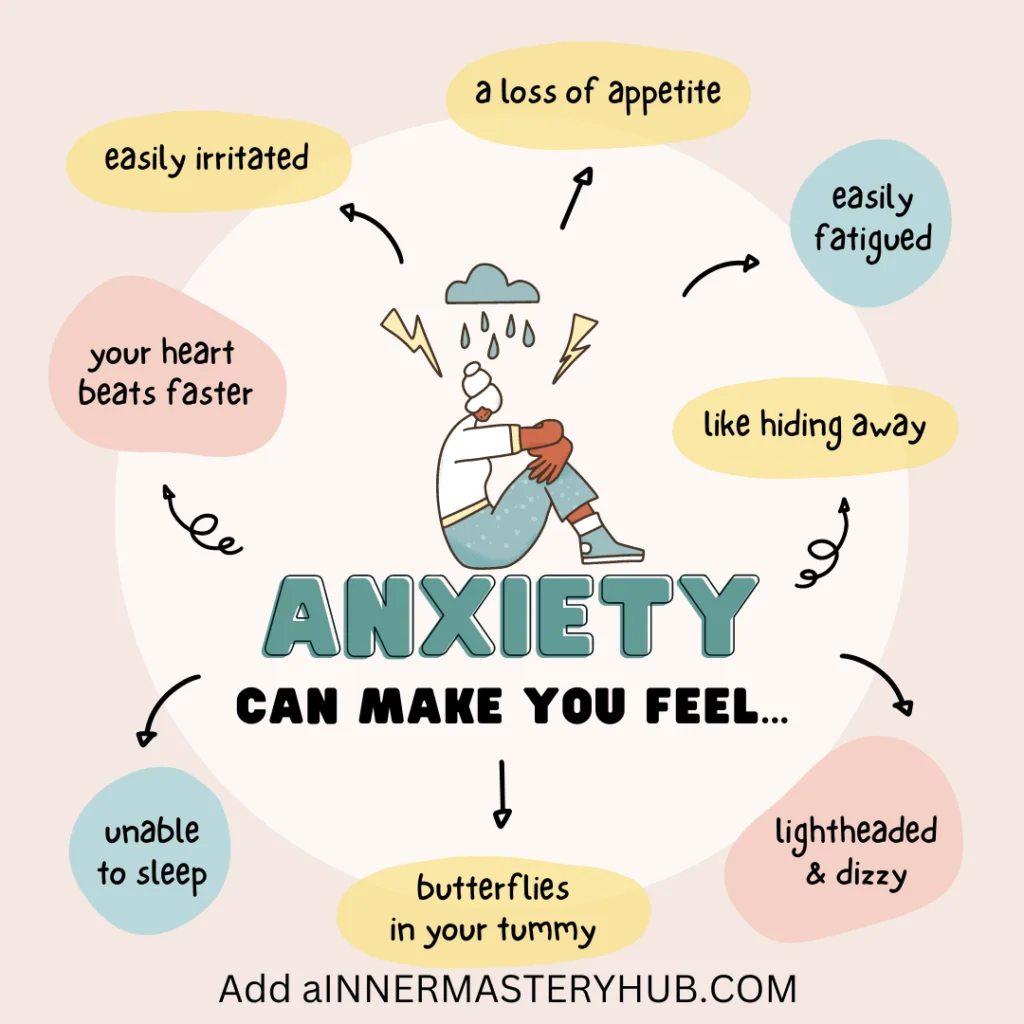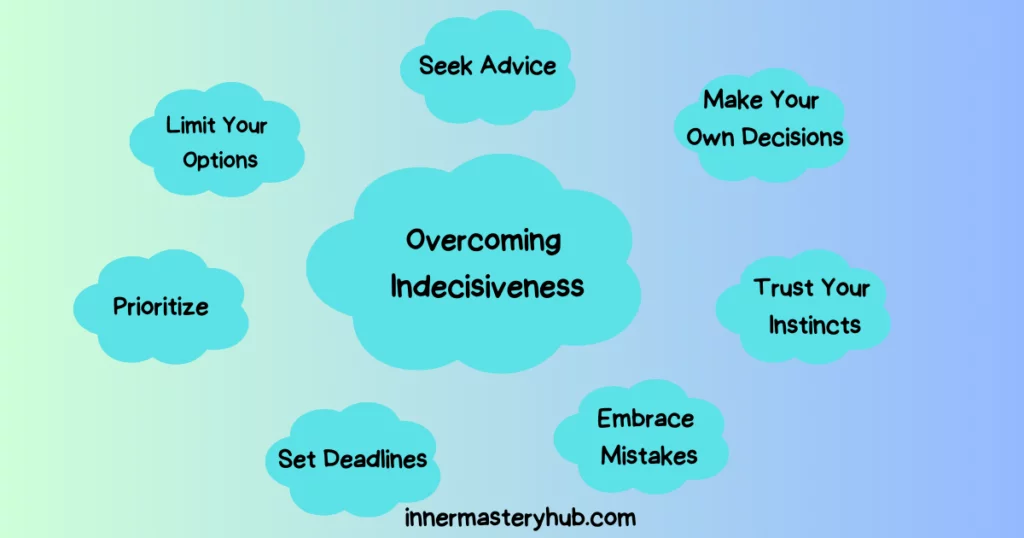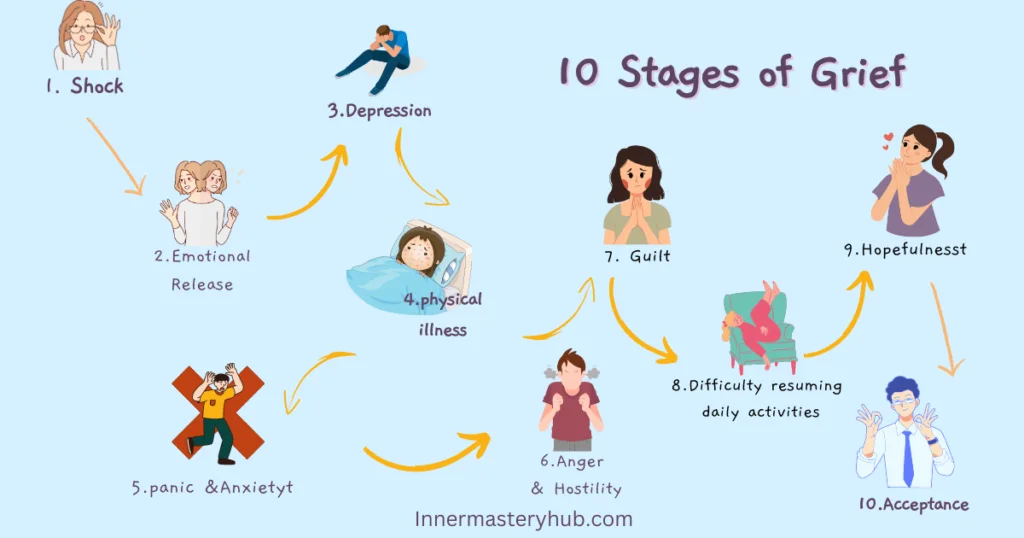
If you or someone you love has a trauma bond, breaking free is challenging. Trauma attachments are solid and subtle, keeping you in a toxic relationship while knowing it’s terrible for you. As with alcoholism, these unhealthy relationships are hard to break due to withdrawal symptoms. After leaving a toxic relationship, you may suffer acute trauma bond withdrawal symptoms that make you want to see them again.
I know trauma bond withdrawal symptoms go beyond sadness and can make you feel like you can’t survive without your Ex. Understanding that these feelings are not real, establishing self-compassion, and giving yourself the tools to cope with detachment will help you break free from the abusive relationships and heal.
Related: 7 Stages of Trauma Bonding & Recovery
Table of Contents
What Is a Trauma Bond?
Trauma bond relationships are deep and complicated emotional bonds that form between you and someone who has caused you a lot of mental pain. It usually happens when someone is being abused, and there is a cycle of abuse followed by brief periods of kindness or affection.
It’s the trauma bond that makes you feel close to the narcissist who hurts you. Even though the relationship is unhealthy, you may feel emotionally dependent on that person. Love, fear, and dependency may come together. The abuser confuses and harms you by causing both misery and comfort. Trauma recovery requires self-awareness, a support system, and professional help to traverse the emotional pain ties.
Related: Understanding and Overcoming Traumatic Invalidation
Trauma Bond Withdrawal Symptoms
Here are some of the most common trauma bond withdrawal symptoms:
Emotional Instability: As you process the end of the toxic relationship, you may experience mood swings, such as fits of sadness, anger, or anxiety. These mood swings are common.
Cravings for contact: For the same reason that you could experience intense cravings for contact while you are detoxing from an addictive substance, you might also experience an overpowering want to reach out to the narcissist. This desire may be caused by memories of the narcissist’s affection or approval.
Cognitive dissonance: You may experience cognitive dissonance, which is characterized by the struggle to reconcile conflicting thoughts and beliefs regarding the narcissist, resulting in mental and emotional conflict.
Jealousy and obsession: You may find yourself overwhelmed by thoughts about the narcissist’s relationship with another person. Painfully, jealousy serves as a reminder of the connection.
Physical symptoms: During the process of withdrawing from a toxic relationship, you may experience physical symptoms linked to stress, such as headaches, fatigue, and changes in your appetite or sleep patterns.
Fear of independence: One of the most typical withdrawals of narcissistic abuse is the fear of independence, which is the feeling that you are afraid of your ability to function alone. In toxic relationships, your self-confidence might be eroded, which is a regular occurrence.
Withdrawal symptoms of codependency include: If the relationship fostered codependency, you can feel anxious when you consider the possibility of making decisions on your own at some point.
Isolation and Loneliness: As you adjust to life without the constant presence of the narcissist, you may experience a rise of feelings of isolation or loneliness.
Self-Esteem Damage: Our self-esteem suffers whenever we go through a breakup because it is a traumatic experience. But this is especially true in the case of toxic relationship breakups, mainly if you allow yourself to be mistreated by your ex-partner, and as a result, you lose trust and respect for yourself.
Working with a qualified therapist can assist you in putting the pieces back together, restoring your self-esteem, and repairing your trust in yourself, all of which are essential steps toward avoiding toxic relationships in the future.
Related: Enmeshment Trauma: Causes, Effects, and Healing
The physical and emotional impact of trauma bond withdrawal symptoms
Physical Impact
Withdrawing from a trauma-related bond can have very negative effects on your body and mind. Your body may show signs similar to those of stressed or anxious people.
During withdrawal, the body’s stress reaction may be heightened, which can cause a faster heart rate, tense muscles, and trouble sleeping. The emotional turmoil you’re feeling as you try to break free from the strong connection you’ve made with the cause of experiencing trauma can be seen in these physical symptoms.
Emotional Impact
The aftereffects of experiencing trauma bond withdrawal symptoms can be highly overpowering on an emotional level. You may experience feelings of loss, grief, and an intense longing for the individual you are distancing yourself from.
You may have second thoughts about your decision to sever the connection, experience periods of uncertainty, and possibly suffer feelings of emptiness or loneliness. When something familiar is no longer there, even if the familiar was detrimental, a void might be created that is difficult to navigate.
Related: The Narcissist Checklist: 25 Red Flags to Spot On
Why trauma bond withdrawal symptoms are so intense
As a result of the fact that they originate from a connection that was more about power and control than affection, the trauma bond withdrawal symptoms can feel overwhelming and decisive.
In a trauma bond with a narcissist, a significant emotional attachment is formed as a result of the cycle of abuse and intermittent reinforcement. In the process of becoming accustomed to the highs of the “good times” and the lows of mistreatment, your brain develops a dependency that is comparable to that of an addiction.
The unexpected emotional gap that occurs when the relationship is cut off, as well as the end of this potent “rollercoaster,” can result in severe psychological suffering and a profound sense of loss. This intensity is evidence that the link has left a profound, albeit unhealthy, mark on your emotional well-being.
The Duration of Trauma Bond Withdrawal Symptoms
Breaking through the symptoms of trauma bonding is a very personal and non-linear process. Even though it may differ greatly from person to person, having a general notion of the timeline might serve as a roadmap for what to expect in the future.
Let’s break down the healing process into phases because it is rarely a straight line, and remember that these phases may overlap or recur based on the situation:
Shock and denial: There is often a sense of bewilderment, incredulity, and numbness at the start. In the hopes that it will be a nightmare from which you will soon awaken, you can attempt to ignore the reality of the withdrawal.
Pain and Guilt: At the same time, pain starts to surface as denial starts to wear off. Because you could have done things differently, you can feel bad about your “role” in the relationship.
Anger can arise from frustration can be aimed toward the narcissist, the circumstance, or even oneself. You can then utilize your rage to negotiate. You can try to bargain for the pain to end or for things to get back to “normal” in this case.
Reflection and Depression: You can go through a phase of introspection and mourning. The reality of the loss starts to set in at this point, which is marked by reflection and quiet.
You will notice that the severe symptoms gradually lessen as you get used to the new world you are living without the narcissist. Additionally, you will discover that you are living in more peaceful periods.
Rebuilding yourself: You have to start the reconstruction process and finish it before you can start rebuilding your life and yourself. Along with beginning to set limits, you might also want to look out for coaching, counseling, or other coping mechanisms.
Hope and Acceptance: Finally, acceptance starts to grow; the link you shared and the narcissist start to lose their power over you. As you envision a time when the bond will no longer hold you, hope begins to blossom.
Related: Why People With PTSD Use Emotional Avoidance to Cope
How to Cope with Trauma Bond Withdrawal Symptoms
To overcome the withdrawal symptoms associated with trauma bonds, patience, self-compassion, and professional support are required. The following is a list of methods that can assist in coping with the process:
1. Seek Professional Help
It is crucial to your healing process to have professional assistance if you are experiencing the symptoms of trauma bond withdrawal. A professional counselor or therapist can help clients navigate the stages of trauma bonding and provide them with coping mechanisms to manage their emotional reactions.
Having studied trauma bonding extensively, Patrick Carnes, founder of the International Institute for Trauma and Addiction Professionals, has developed effective therapy methods.
2. Practice Self-Care
Give special attention to self-care practices that improve your physical and mental health. Engaging in activities you enjoy can help create a safe space for healing and recovering a sense of self-worth.
3. Establish a network of support.
Create a support system of friends, relatives, or support groups who can supply you with information, empathy, and boosts. Building connections with individuals who have experienced similar circumstances to your own can be particularly helpful.
4. Challenge Negative Thoughts
You should make an effort to challenge and reframe the negative attitudes and beliefs about yourself that were instilled during the trauma bond. It is essential for healing to develop a more positive view of oneself.
5. Set Boundaries
Establishing boundaries and recognizing warning signs is essential to avoid getting back into unhealthy relationships. The establishment of sound boundaries is necessary to
6. Go No-Contact
If possible, avoid contact with your ex to break a trauma attachment. Communication is necessary if you have children with your ex. Healing will be more effortless if you don’t have kids and can stop seeing your ex.
7. Try Healing Practices
Through mindfulness, meditation, and other therapeutic practices, anxiety can be reduced and emotional balance can be increased. Such techniques can also help manage emotional distress and nervous system regulation.
8. Build Healthy Relationships
It is essential to have a comprehensive understanding of what makes a healthy connection to successfully leave a dysfunctional relationship or trauma bond. To maintain healthy relationships, trust, respect, and open communication are necessary.
There are no instances of abuse, manipulation, or power disparity in these situations. A healthy relationship is characterized by partners encouraging one another to engage in positive activities and providing emotional support to one another.
Well-known relationship-related publications and websites offer resources and knowledge for building healthy relationships.
9. Remind yourself this will pass
It is essential to keep in mind that the discomfort associated with distancing oneself from a trauma bond does not persist forever. You will gradually begin to feel better as you work through the painful sentiments, and finally, you will no longer have strong feelings about your ex in any manner, shape, or form, regardless of how you perceive them.
By keeping this in mind, you will be able to endure the withdrawal symptoms for a sufficient amount of time to allow the connection to end and make room for partnerships that are more beneficial to your health.
Conclusion
To rehabilitate from abusive relationships, people must have a thorough understanding of the intricacies of trauma bonds and be aware of the signs of trauma bond withdrawal.
Keep in mind that the process of healing from trauma connections demands patience, self-compassion, and support from your community. Individuals can break out from the cycle of abuse and discover a way to have relationships that are better and more fulfilling if they can recognize the indicators of intense trauma bonding withdrawal symptoms and seek assistance.
FAQS
How to Break Free from a Trauma Bond with a Narcissist
If you’re trying to break up with a narcissist after trauma, you’ll need healthy boundaries and competent help. Narcissist relationships are complex to quit, and you may be confused about what transpired. An effective therapist can validate your experiences, clarify your thoughts, process complex emotions, and help you avoid narcissistic relationships.






